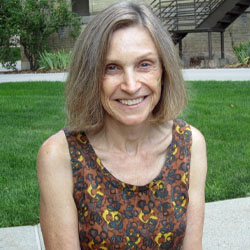Spatial cognition, navigation, and mobility among children in a forager-horticulturalist population, the Tsimané of Bolivia
 Author:
Author:
Helen E Davis, Elizabeth Cashdan
Abstract:
In many societies, males range farther than females, and this greater environmental experience may foster better spatial ability. Females are also reported to be more harm-avoidant, which may reduce spatial exploration. We evaluated these relationships among 6–18 year old Tsimané children, who live in a forager-horticulturalist society where both girls and boys have few constraints on spatial exploration compared to children in Western societies. Mobility was assessed through GPS tracking and interview, spatial ability through pointing accuracy, perspective-taking and mental rotation, and harm avoidance through interview. Few gender differences were found in mobility or spatial ability, although males pointed more accurately to challenging (high sinuosity) routes. Both girls and boys became more harm avoidant about travel risks as they got older, but there were few gender differences in harm avoidance. Schooling was associated with better performance on mental rotation but worse performance on regional pointing accuracy, probably because schooling limits outdoor spatial exploration.
This publication can be viewed here
